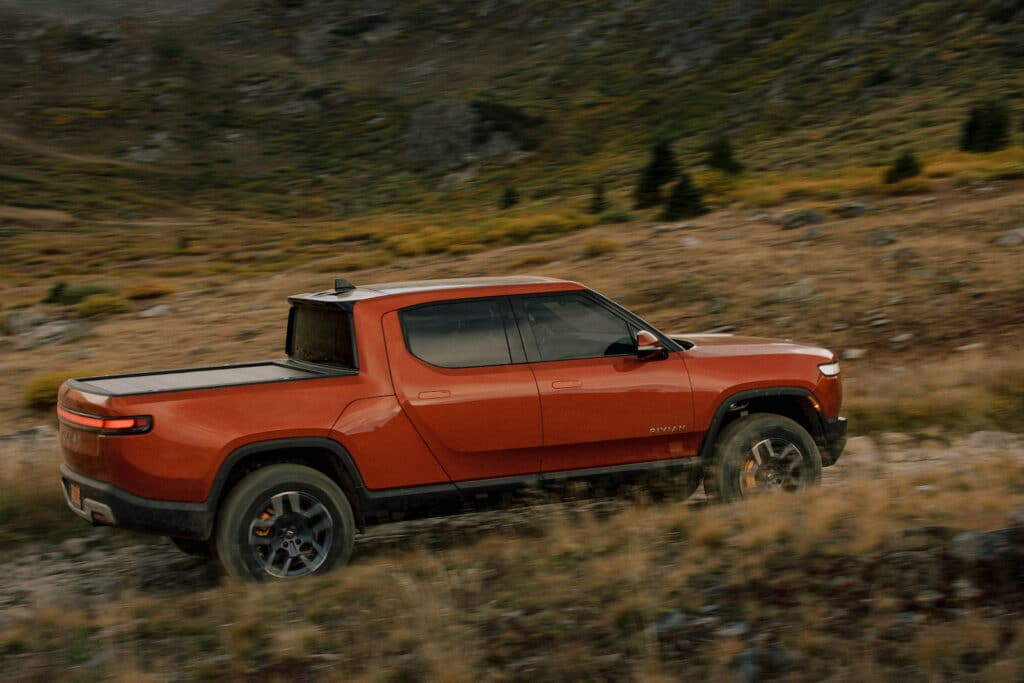
Electric vehicle start-up Rivian Automotive rolled back its price hike Thursday that the company announced on Tuesday. The lowered prices affect orders booked on or before March 1. Consumers who canceled their preorder on or after March 1 can reinstate it with the original configuration, pricing and delivery date the company said.
The move, which raised the price of its R1T pickup 17% and the price of its R1S SUV 20%, was blamed on increased component costs and semiconductor shortages and would have affected those who have already put deposits down for trucks that were promised to be sold to them at a lower cost. The move has caused furious customers to inundate social media with their cancelled reservations.
Rivian CEO’s mea culpa

Rivian CEO RJ Scaringe faced the controversy on Thursday.
“Earlier this week, we announced pricing increases that broke the trust we have worked to build with you. Since originally setting our pricing structure, and most especially in recent months, a lot has changed. The costs of the components and materials that go into building our vehicles have risen considerably. Everything from semiconductors to sheet metal to seats has become more expensive,” said Scaringe in a statement.
“As we worked to update pricing to reflect these cost increases, we wrongly decided to make these changes apply to all future deliveries, including pre-existing configured preorders,” he stated. “It was wrong and we broke your trust in Rivian.”
What analysts are saying
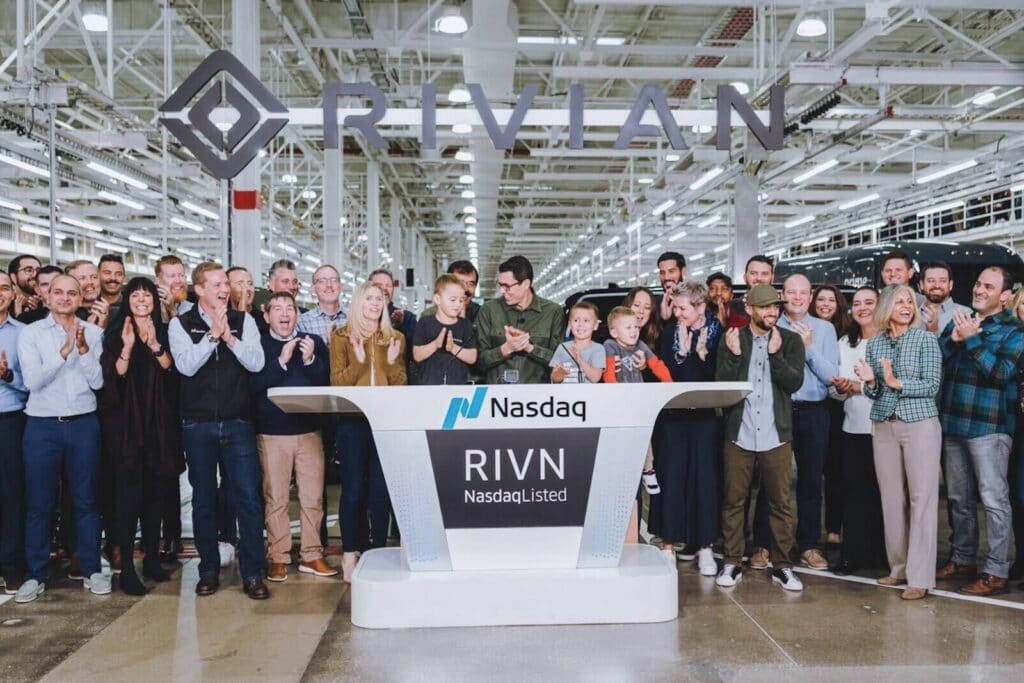
While consumers are relieved that they can get the vehicle they want without paying more money, Rivian will lose on money on every R1T and R1S currently on its order books.
But longer term, analysts don’t see the snafu as having a major impact as Rivian raised $17 billion with its IPO, enough to ride out short-term unprofitable production. “They do have a cash cushion because when they went public, they made quite a bit of money,” said Sam Fiorani, Vice President of Global Vehicle Forecasting at AutoForecast Solutions LLC.
Fiorani also said that the price increase won’t cause longer term harm.
“This price increase and subsequent change won’t damage their reputation too much. If there was a problem with the product, it would be catastrophic to the company,” he said.
It costs how much?
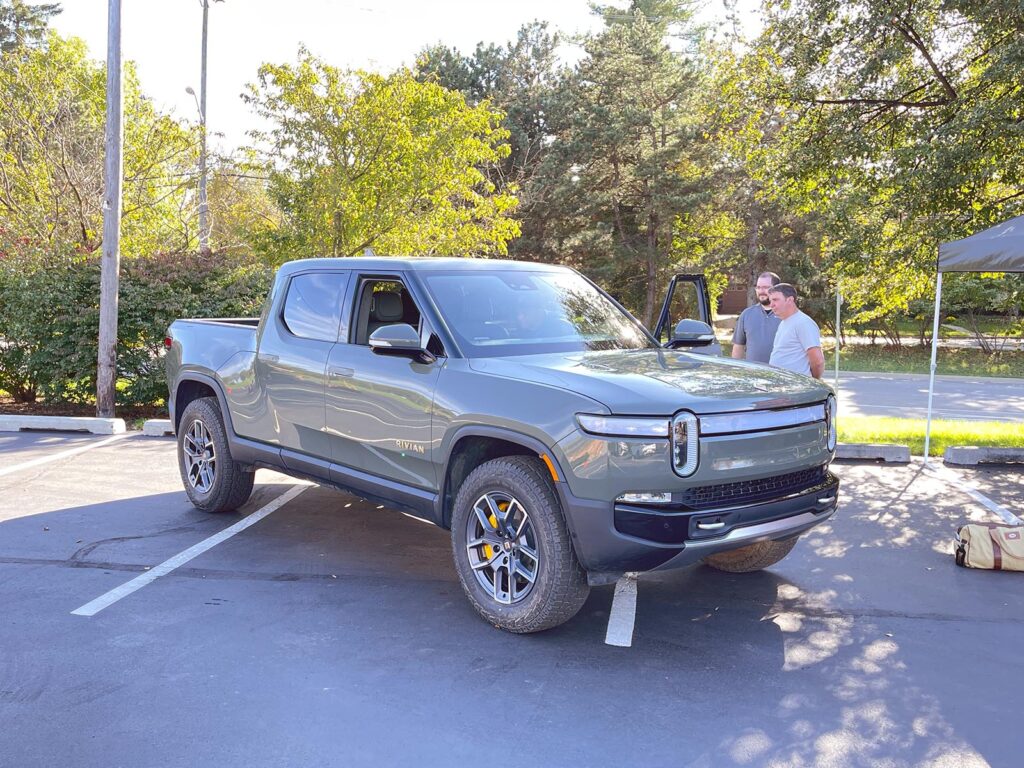
However, going forward, the R1T Adventure pickup equipped with Quad-Motor all-wheel drive system and large battery pack with 314 miles of range will cost an estimated $85,000. The promised $67,500 R1T Explore pickup, with dual-motor all-wheel drive and standard battery pack with 260 miles of range won’t be offered until 2024.
Similarly, the R1S Adventure, equipped with the same quad-motor all-wheel drive system and large battery pack with 314 miles of range will cost an estimated $90,000. That’s far more than the $75,000 R1T Launch Edition base price or $77,500 R1S Launch Edition base price when the vehicles rolled off the line in September.
The Rivian price hikes caused Tesla CEO Elon Musk to post a caustic comment that Rivian’s “negative gross [profit] margin will be staggering.” Production of Tesla’s long-promised $39,900 Cybertruck has yet to reach production.
Price change is not a surprise to some

The change in pricing is a big surprise, especially given what the company said during its IPO in November, the sixth biggest in U.S. history. But not to Laura Schwab, who was unexpectedly let go from Rivian last fall as Rivian’s sales and marketing director. In her lawsuit against the company, Schwab states that among the reasons she was let go is that she questioned the R1T’s $67,500 starting price.
To her, the vehicles were underpriced, and the company could not sell them profitably. Ultimately, she was told not to raise the issues ahead of the IPO, although company officials ultimately agreed they would need to raise prices after the IPO. And Schwab should know pricing, having spent her career at Aston Martin and Jaguar Land Rover prior to her position at Rivian.
Other automakers have been raising prices, including Rivian rival Tesla, which has raised its vehicle prices as much as $5,000. But no one has boosted their prices as much as Rivian.
How other battery electric pickups compare
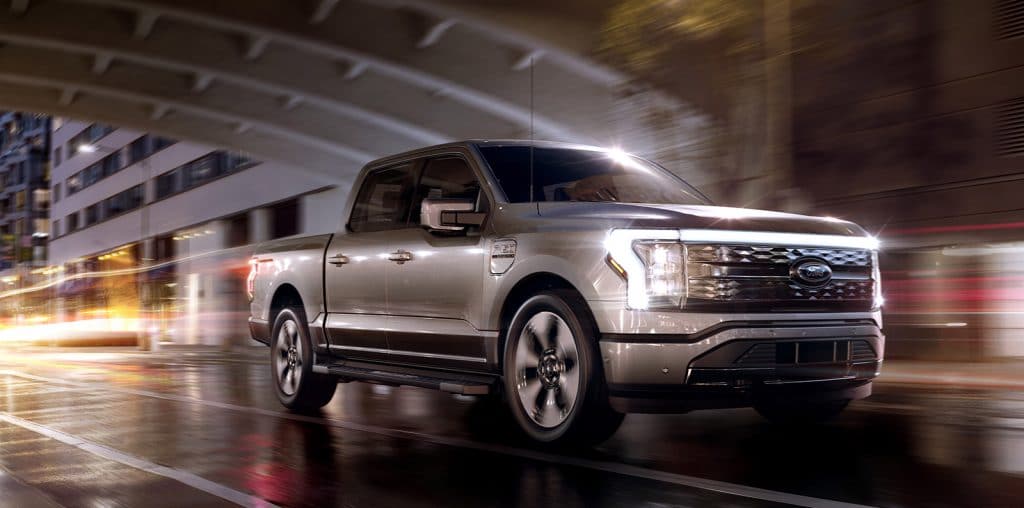
Rivian’s ever-escalating prices and slow production start comes as other battery-electric pickups enter the market at much lower price points and significant buyer loyalty.
The BEV version of the world’s best-selling vehicle, the Ford F-150 Lightning, starts $39,974 for the Pro model that delivers 230 miles of range with the standard battery pack. The XLT, which is good for 300 miles of range with the Extended Range battery pack, starts at $72,474.
Similarly, the Chevrolet Silverado EV, expected to arrive in fall 2023, will deliver up to a 400-mile range. Prices start at $41,595, including destination charge. In the near term, the pricier GMC Hummer Edition 1 pickup has entered production at a cost of $112,595 and delivers more than 1,000 horsepower and 329 miles of range.
A difficult start
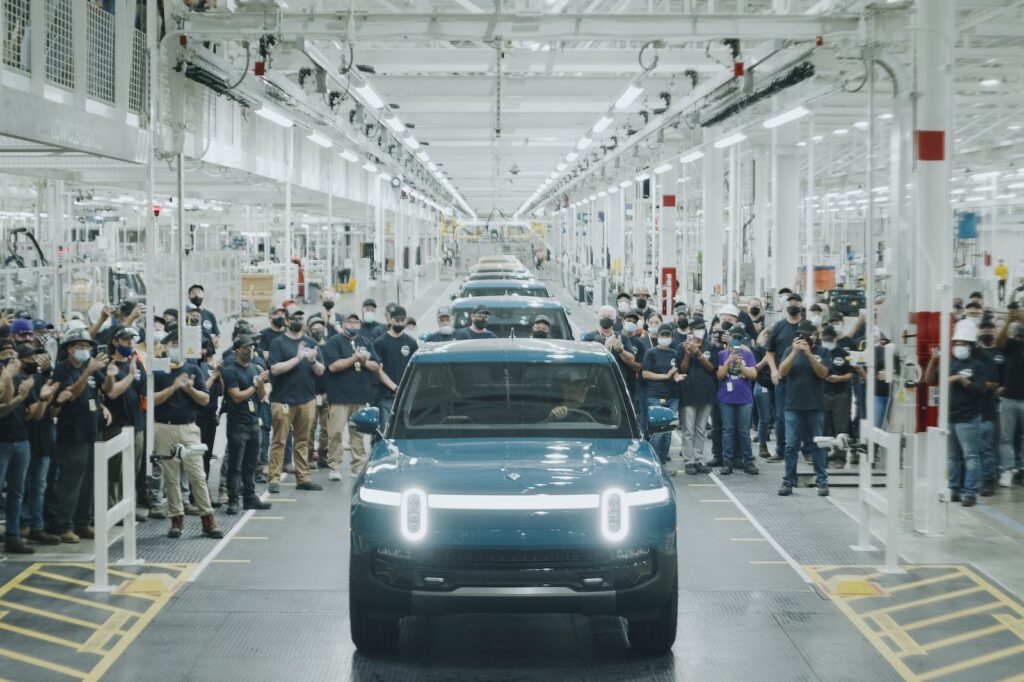
The company’s production ramp-up at its Normal, Illinois plant has been anything but smooth. Production and supply chain difficulties prevented the company from going into limited production in December, and so far, the company has delivered a mere 920 vehicles, despite having promised to produce 1,200 vehicles.
In December, Rivian had more than 70,000 preorders for its pickup and SUV. How many orders it will lose as customers cancel remains to be seen.
But the bigger question is how it impacts the company’s plans to open a new $5 billion manufacturing plant in Georgia is also an open question. It’s expected to have annual capacity of 400,000 vehicles. That’s in addition to the Normal plant, which currently has capacity to produce 150,000 vehicles, although Rivian is looking to boost that to 200,000.
And posted reports suggest that the company is struggling to live up to its promise to deliver 100,000 delivery vans to Amazon. Certainly Amazon is hedging its bets. The company is purchasing a “substantial number” of Ram ProMaster EV vans for its Prime delivery service, Stellantis CEO Carlos Tavares said during a media presentation at the Consumer Electronics Show.
The company has also faced its share of turmoil, as its chief operating officer, Rod Copes, left at the end of last year after less than two years on the job. The move came after Schwab’s abrupt termination.
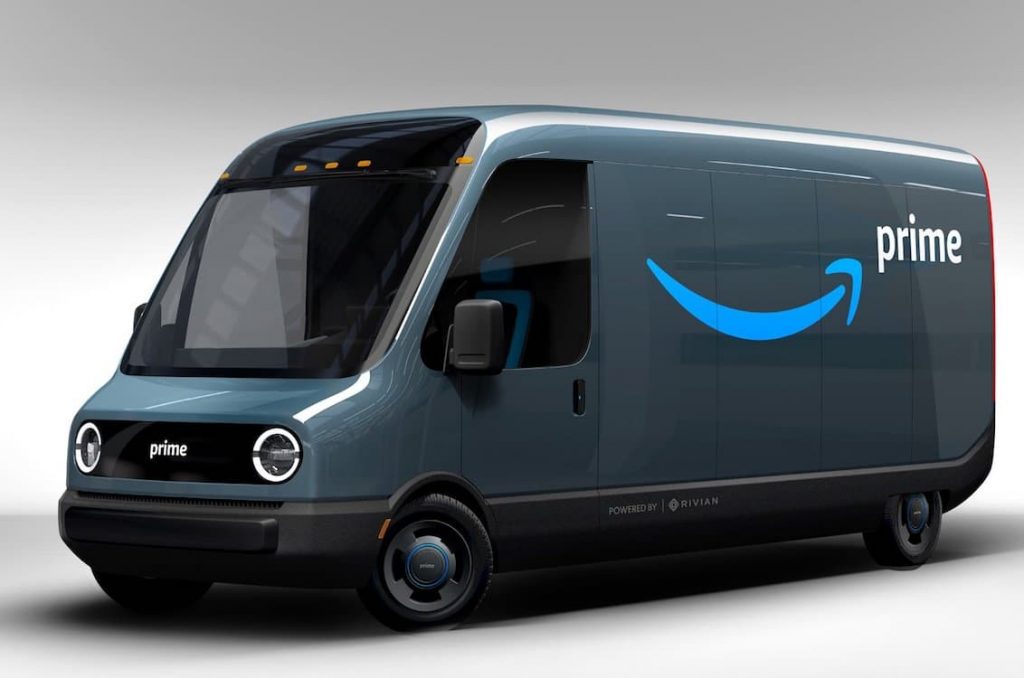
Rivian’s stock price collapsing
Rivian shares tumbled 14% Wednesday to $53.56, sliding 1.01% further today in early trading to $53. That’s lower its $78 IPO price and far below its November peak of $180.
Rivian’s slide in share price is also affecting pre-order customers, who were able to buy into Rivian’s IPO price of $78 a share as part of the company’s directed share program. A benefit to early adapters, the move has now cost the money, as has the company’s dramatic price increase.
Rivian’s current market capitalization is $50 billion. But the company’s pricing fiasco will no doubt be a topic of conversation when Rivian reports its fourth-quarter numbers on March 10.








At this point, if I were one of the people in line for one of the vehicles, I might start to wonder if I was ever going to get a truck at any price.